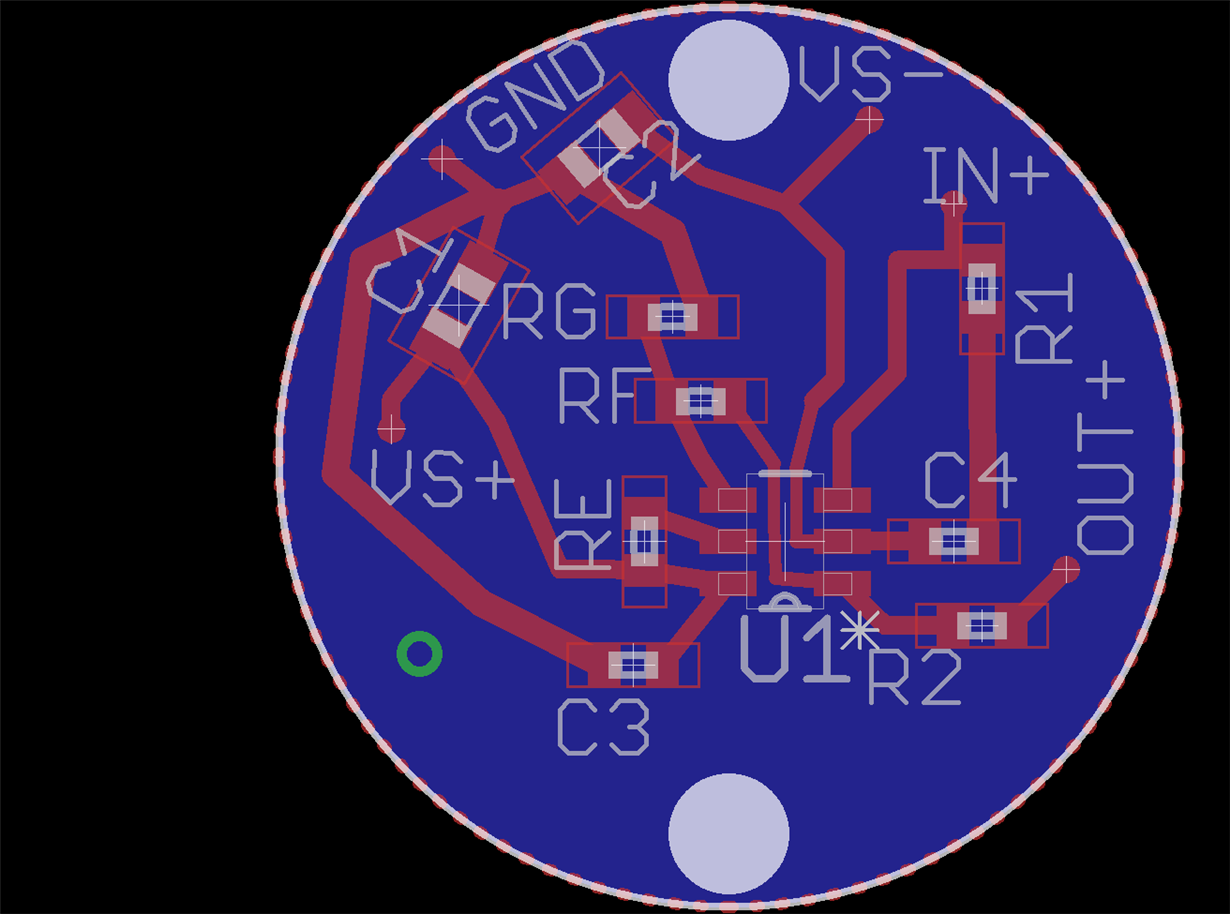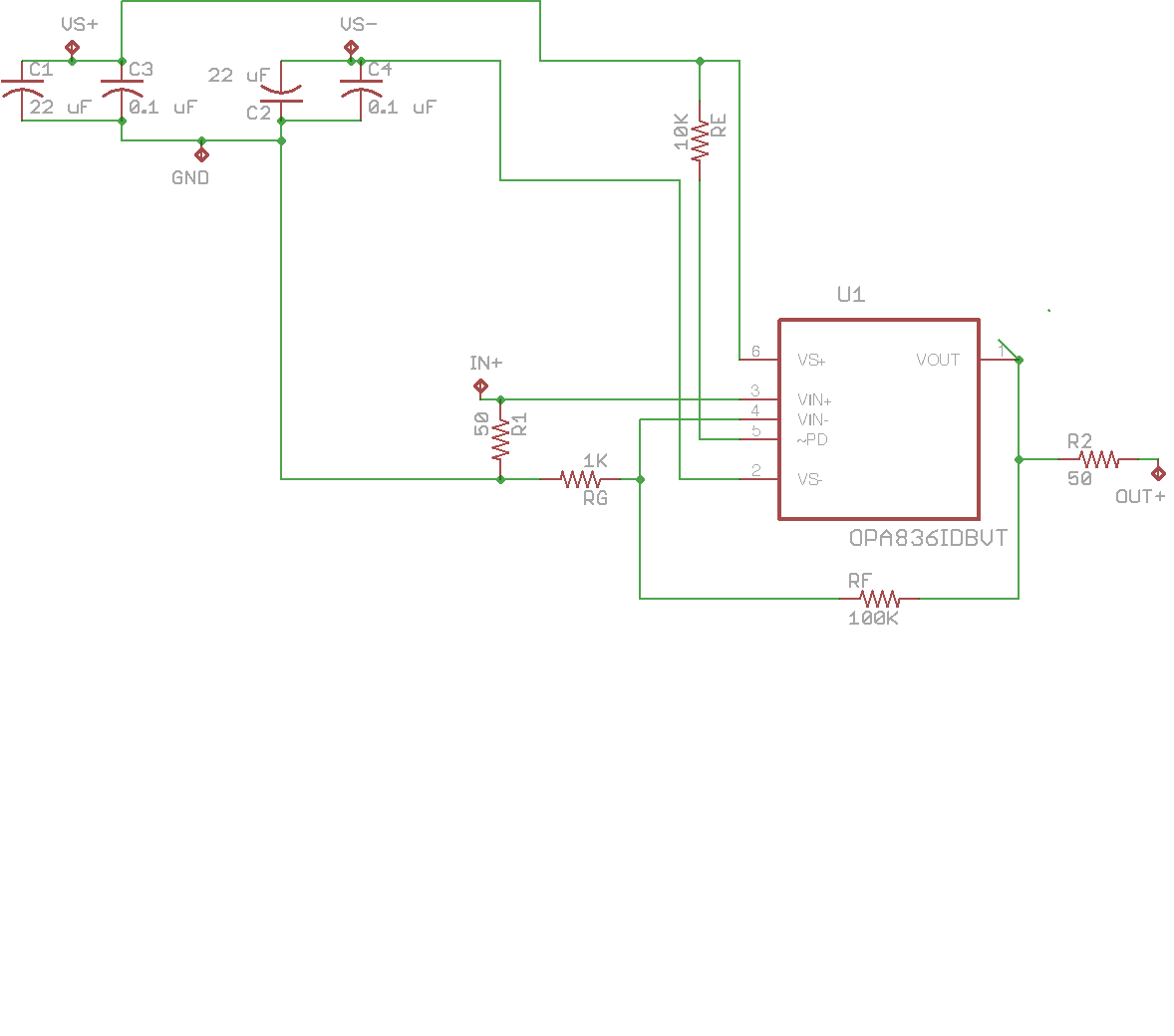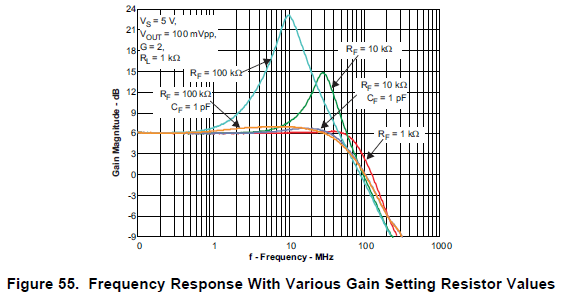Hi there,
We would like to design some circuits with OPA 836 work at temperature below 1K and (hopefully) input noise below 4 nV/sqrt(Hz). The circuits have been built and tested and we saw a few issues. First of all, the circuits works at V+ = 0.8 V and V- = -0.8 V when using dual supply which is a bit lower than the nominal +/- 1.25 V. When we say "works" we mean it can amplifier the source (the gain is temperature-dependent). However, as temperature goes down, we have to increase the power to +/- 1.1 V (T = 77K). This may due to the temperature-dependent of the transistors in the op-amp. And it's still below 1.25V. What's interesting is that once we apply V higher than +/- 0.8 V it starts to generate garbage. So we would have to apply a vary narrow voltage range for each temperature.
Would anyone take a look at the simple design and give us some ideas?
Thanks,
John




